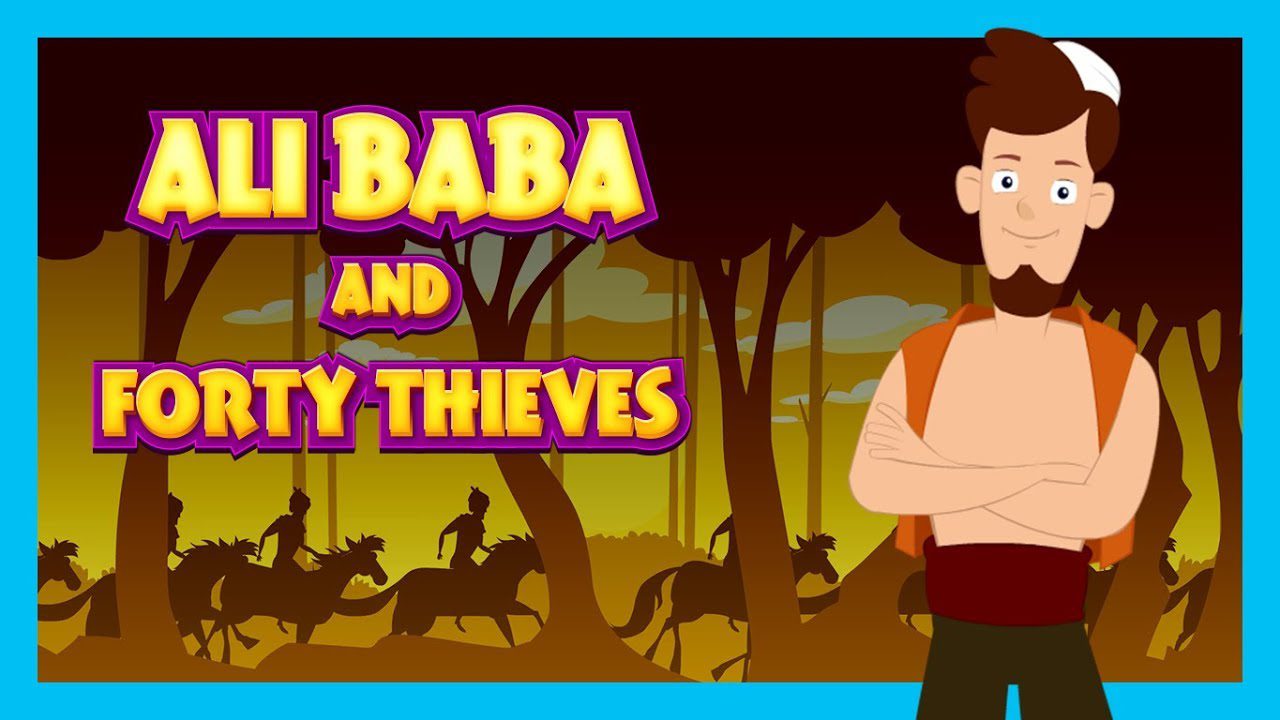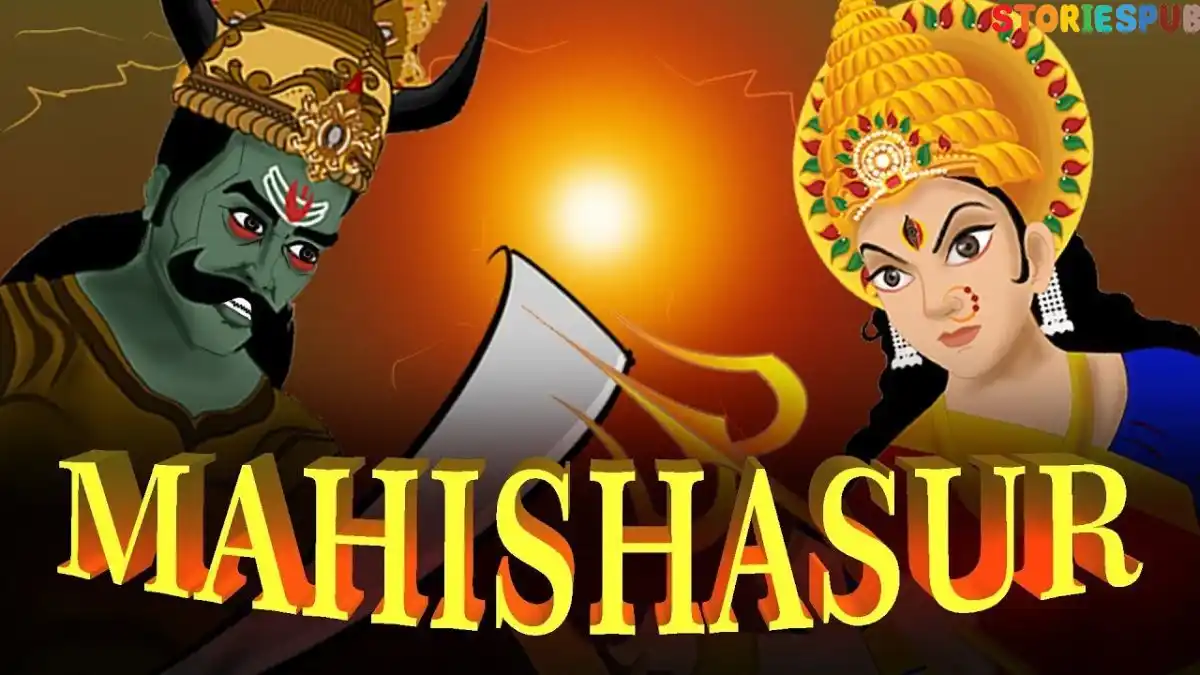Nekhbet: The Mighty Vulture Goddess of Ancient Egypt

The Importance of Gods and Goddesses in Ancient Egyptian Mythology
Ancient Egypt was a civilization that thrived for thousands of years, and its mythology played a significant role in the everyday lives of Egyptians. One of the most notable aspects of Egyptian mythology is the importance placed on gods and goddesses. Egyptians believed in polytheism, meaning they worshipped multiple deities, each with their own unique purpose and significance.
The gods and goddesses in ancient Egyptian mythology were not just abstract concepts or symbols; they were believed to have real power over people’s lives, both in this world and the afterlife. These deities were often depicted as having human-like qualities, but also possessing extraordinary powers beyond mortal understanding.
The Story of Nekhbet: The Goddess of Vultures
One such deity was Nekhbet, who was known as the goddess of vultures. She was a protector goddess who watched over Upper Egypt and was commonly represented as a woman with wings spread out like a vulture.
Her symbol was the white crown of Upper Egypt with two feathers on each side. Nekhbet’s origins can be traced back to early dynastic times when she was closely associated with royalty as a symbol of guardian protection.
According to legend, she helped protect the pharaohs from harm by using her sharp eyesight to spot potential threats from far away. Despite being associated with vultures, Nekhbet represented life rather than death since vultures were seen as important scavengers that helped keep cities clean by consuming waste materials.
Worshipping Nekhbet: How She Was Honored in Ancient Egypt
Nekhbet’s importance is evident through her representation in many ancient Egyptian temples throughout Upper Egypt. In some temples dedicated solely to her worship, offerings such as food or flowers were given to her as a sign of reverence. She was often depicted alongside other deities, including her counterpart and protector god Wadjet.
Nekhbet was also an integral part of the Pharaonic coronation ceremony. The pharaoh would wear a headdress with Nekhbet’s symbol during the ceremony to indicate their authority over Upper Egypt.
The Legacy of Nekhbet Today: Her Continued Significance in Egyptian Culture
Although ancient Egypt no longer exists, the legacy of Nekhbet lives on in modern times. Her depiction as a vulture goddess has become an iconic image that is still used today, often in artwork or jewelry inspired by ancient Egyptian mythology.
The white crown with two feathers, which is her symbol, remains a recognizable and important symbol of Upper Egypt. Furthermore, Nekhbet’s role as a protector goddess has inspired many people to adopt her as their guardian deity or spirit animal.
Interesting Tidbits About Vultures in Ancient Egypt
In addition to being associated with Nekhbet, vultures had other important roles in ancient Egyptian culture. They were seen as sacred birds and were often mummified and buried alongside humans in tombs. Vulture feathers were also used for decorative purposes and could be found on amulets or other objects.
Interestingly enough, there was even an entire city named after vultures called “Kawm al-Hitan,” which translates to “Hill of the Whales” because many whale fossils were discovered there. Nekhbet was a powerful goddess who played an important role in ancient Egyptian mythology.
As the protector goddess of Upper Egypt and guardian deity to the pharaohs, she embodied life rather than death despite being associated with vultures. Today, her legacy lives on through her symbols and continued significance within Egyptian culture.
The Origins of Nekhbet
Description of Nekhbet’s Appearance and Symbolism
Nekhbet was a goddess depicted as a woman with the head of a vulture. Her appearance may seem strange to some, but to the ancient Egyptians, it was symbolic of her role as a protector.
The vulture was believed to be an animal that cleansed and purified everything it touched, making it an appropriate symbol for Nekhbet’s role in Egyptian mythology. Other than her head, Nekhbet is often portrayed wearing the Red Crown of Lower Egypt.
The goddess was also sometimes shown with outstretched wings, which represented her protection over the pharaohs and their kingdoms. In some depictions, she is holding the ankh- the ancient Egyptian symbol for life- in one hand while holding a scepter in the other.
The Story behind Her Creation as a Protector Goddess
According to legend, Nekhbet was one of two vulture goddesses who were present at the birth of Horus, son of Osiris and Isis. It is said that when Isis was searching for a safe place to give birth, she came upon two vultures perched on top of an acacia tree.
The birds promised to protect her during childbirth and henceforth became known as protectors. Later on in history when kings became more powerful and established kingdoms in Egypt around 3100 BC., they needed protection from external threats such as foreign invaders or neighboring hostile tribes within Egypt itself.
Thus arose the need for powerful protector deities like Nekhebit who could provide them with safety and security from these dangers. In many instances throughout history where people have experienced vulnerability due to war or political instability they turned towards deities who could provide them with security and protection from harm.
For example, Athena was worshipped by the ancient Greeks for her warrior-like qualities and her ability to help them win battles. In the same way, Nekhbet became a powerful symbol of protection for the kings of Egypt.
She was seen as a mother figure who would protect them from harm. Her role as a protector was so important that she was often depicted on royal insignia and even held the title of “Mother of Egypt.”
Nekhbet’s Role in Ancient Egypt
The Protector Goddess
Nekhbet played a vital role as a protector goddess in ancient Egyptian mythology. She was often depicted as a vulture, with her wings spread wide to shelter and protect the pharaohs of Egypt.
Her image was often placed on the corners of royal sarcophagi and on the walls of temples, acting as a powerful symbol of protection. The ancient Egyptians believed that Nekhbet would watch over them throughout their lives, guiding them through difficult times and protecting them from harm.
She was particularly associated with childbirth, ensuring that women gave birth safely and without incident. This is perhaps why she was so highly revered among ordinary people, who saw her as a protective force they could turn to in times of trouble.
Worship and Honor
Nekhbet was worshipped throughout ancient Egypt, but she held particular significance in Upper Egypt where her cult center was located at Nekheb (present-day El Kab). Her temple there was one of the most important religious centers in all of Egypt, attracting pilgrims from far and wide who came to seek her protection.
In addition to her temple at Nekheb, Nekhbet’s image could be found in many other places throughout Egypt. Shrines were built for her across the country, including one at Karnak where she was worshipped alongside Wadjet (the serpent goddess).
Her image also appears on numerous artifacts such as amulets and pottery fragments found scattered throughout ancient tombs and settlements. To honor Nekhbet, priests would perform daily rituals to keep her happy and appeased.
These rituals included offerings of food and drink which were presented at altars within her temples. The priests would also recite special prayers for protection which were believed to strengthen Nekhbets’ influence and ensure her continued protection of the people.
The Power of Nekhbet
Nekhbet was one of the most powerful goddesses in ancient Egypt, and her role as a protector goddess was taken very seriously by the pharaohs. It is said that she would fly alongside them during battle, watching over them as they fought against their enemies.
Her image can be seen on many royal headdresses and other regalia, emphasizing her importance to the ancient Egyptians. The power of Nekhbet extended beyond just physical protection, however.
She was also believed to offer spiritual guidance and support to those who worshipped her. Her presence gave people a sense of security and reassurance that they were being looked after by a higher power.
In this way, Nekhbet’s role in ancient Egypt went far beyond just being a protector goddess; she was also an important symbol of hope and comfort for those who needed it most. Even today, her image continues to inspire awe and reverence among those who study Egyptian mythology.
Legends and Myths Surrounding Nekhbet
The story of how she protected the pharaohs
One of the most well-known myths surrounding Nekhbet is that she was a protector of the pharaohs. According to legend, she watched over the rulers of ancient Egypt from her perch on top of their crowns.
This symbolized her role as a guardian and protector, and it also served as a reminder to the people of Egypt that their rulers were chosen by the gods. In addition to protecting the pharaohs, Nekhbet was also said to have played a role in their coronations.
It was believed that she would appear at these ceremonies and bless the new ruler with her divine power. This helped to legitimize their rule in the eyes of their subjects, and it also emphasized Nekhbet’s importance as a goddess.
The tale of how she helped Isis during the birth of Horus
Another famous myth involving Nekhbet centers around her role in helping Isis during the birth of Horus. According to legend, Isis was pregnant with Horus but was forced to flee from Seth, who wished to kill both mother and child. While on the run, Isis came across Nekheb (the city where Nekhbet was worshipped) and sought refuge there.
Nekhbet took pity on Isis and helped her give birth safely to Horus. She then continued to watch over both mother and son throughout their journey, providing them with food and protection until they were able to defeat Seth once and for all.
This myth serves as an example of how important it was for ancient Egyptians to have divine protection during times of crisis. It also demonstrates how closely intertwined different deities were in Egyptian mythology: while Nekhbet was primarily associated with vultures and symbolism, she was also able to play a crucial role in the life of another goddess and her child.
Conclusion
Overall, the legends and myths surrounding Nekhbet help to illuminate her role in ancient Egyptian culture. From protecting the pharaohs to aiding other goddesses, Nekhbet was seen as a powerful and important figure throughout Egypt’s history. Her image continues to be used today, demonstrating how enduring her legacy has been over time.
Nekhbet’s Legacy Today
How her image is still used in modern times
Although ancient Egyptian civilization may have ended thousands of years ago, Nekhbet’s legacy lives on. Her image and symbols can still be found throughout modern Egypt, and even beyond. One of the most recognizable images of Nekhbet is her depiction as a vulture with outstretched wings.
This image can often be found on amulets, wall carvings, and other forms of artwork. Nekhbet’s image has also been adopted by various modern organizations and movements.
For example, the emblem of the city of El-Kab in southern Egypt features Nekhbet with outstretched wings atop a cobra. The goddess has also been adopted as a symbol by various environmental groups due to the critical role vultures play in maintaining ecological balance.
Her continued significance in Egyptian culture
While many ancient Egyptian gods and goddesses have faded into obscurity over time, Nekhbet remains an important figure in Egyptian culture to this day. In fact, she was one of the few deities that was worshipped even during the reign of Egypt’s last pharaohs.
One reason for Nekhbet’s continued significance is her association with pharaonic power. As a protector goddess who watched over the pharaohs from above, she became closely associated with the royal family.
Even today, many Egyptians see themselves as descendants of pharaohs and continue to revere these ancient rulers. Another reason for Nekhbets’ continued importance is her connection to nature.
Vultures were seen as birds of prey that provided an important service by cleaning up carrion and keeping ecosystems healthy. This association with nature helped elevate Nekhbets’ importance beyond just being a mere protector goddess.
Despite being a figure from ancient times, Nekhbet’s continued significance in modern Egyptian culture proves that the impact of her legacy has not been forgotten. Whether as a symbol of pharaonic power or as a reminder of the importance of nature, Nekhbet remains an important figure in Egypt to this day.
Lesser-Known Facts About Nekhbet
Nekhbet, the goddess of vultures, is one of the lesser-known deities in ancient Egyptian mythology. However, there are a few rare details about her life and worship that are worth exploring. One such detail is that Nekhbet was sometimes associated with the goddess Mut.
This association was likely due to their shared role as protectors of Upper Egypt. In some depictions, Nekhbet and Mut were shown together, with Nekhbet wearing the White Crown of Upper Egypt and Mut wearing the Double Crown of Upper and Lower Egypt.
Another interesting fact about Nekhbet is that she was often depicted with two heads: one of a woman and one of a vulture. This unique depiction symbolized her dual role as both a protector goddess and a fierce predator.
Despite her fearsome reputation, Nekhbet was also associated with motherhood and fertility. This aspect of her personality was celebrated in depictions where she nursed the infant pharaoh on her lap, further emphasizing her protective nature.
It’s worth noting that Nekhbet was not just worshipped in Egypt but also in neighboring countries such as Sudan. Evidence suggests that she may have been worshipped by the Meroitic people as early as 300 BC.
Rare Details About Her Life And Worship
Unlike some other Egyptian deities who were worshipped throughout the kingdom, Nekhbet’s worship centered primarily on Upper Egypt. Her cult center was located at Elkab near modern-day Aswan where she had a temple dedicated to her called “The House of Nekheb”.
Nekheb had an important religious festival called “The Feast of Drunkenness” or “The Festival of Intoxication,” which took place every year during Peret (winter). During this festival, the people of Elkab celebrated Nekhbet with music, dancing, and wine.
It was believed that Nekhbet would become intoxicated with their offerings and would bless them with fertility and protection. Another rare detail about Nekhbet is that she was sometimes depicted holding a shen ring in her talons.
The shen ring was a symbol of eternity and was often associated with the sun god Ra. This depiction further emphasized the idea that Nekhbet was a powerful protector goddess who could defend her worshippers from harm for all eternity.
It’s also interesting to note that Nekhbet continued to be worshipped long after the fall of ancient Egypt. In fact, some Coptic Christians living in Egypt today still regard her as a patron saint.
Interesting Tidbits About Vultures in Ancient Egypt
Vultures played an important role in ancient Egyptian culture beyond their association with Nekhbet. In fact, vultures were revered as symbols of motherhood, protection, and resurrection.
One reason for this reverence may be due to vultures’ habits of circling high above prey before swooping down to eat. The ancient Egyptians believed that this behavior was symbolic of the bird’s ability to soar between the worlds of the living and dead.
Additionally, vultures were often used in funerary art as symbols of protection for both the living and dead. They were depicted on amulets worn by mourners as well as on tomb walls to ward off evil spirits.
It’s worth noting that not all vultures were seen as positive symbols in ancient Egypt. The Egyptian griffon vulture (Neophron percnopterus) was associated with death and decay due to its preference for carrion over live prey.
Conclusion
Nekhbet may be a lesser-known deity in ancient Egyptian mythology, but her impact on the culture was significant. As the protector goddess of Upper Egypt, Nekhbet was revered for her ability to defend the pharaohs and their subjects from harm. Additionally, her role as a symbol of motherhood and fertility helped to further emphasize her protective nature.
While there are many details about Nekhbet’s life and worship that remain unknown, what we do know is fascinating. From her association with Mut to her unique depiction with two heads, Nekhbet remains a compelling figure in ancient Egyptian mythology.
It’s worth noting that vultures played an important role in ancient Egyptian culture beyond their association with Nekhbet. These birds were revered for their ability to soar between the worlds of the living and dead, and were often used as symbols of protection for both the living and dead alike.
Conclusion
Throughout ancient Egyptian history, Nekhbet was a powerful and important goddess who played a crucial role in the lives of pharaohs and ordinary citizens alike. She was depicted as a vulture, symbolizing her watchful eye over the people of Egypt.
As the goddess of protection, she was vitally important to the safety and well-being of all Egyptians. Nekhbet’s importance is evidenced by her frequent inclusion in hieroglyphics and other artwork throughout Egypt.
The story of how she protected pharaohs gave them confidence in their rule and helped maintain stability within the country. Her image was also used in religious ceremonies, where worshippers would often don masks adorned with Nekhbet’s likeness.
Despite being associated with death due to her vulture form, Nekhbet also played a role in new life. The story of how she helped Isis during the birth of Horus demonstrated her importance as a protector not just for rulers but for all people.
Today, Nekhbet’s legacy continues to be felt throughout Egyptian culture. Her image can be seen on many modern-day artifacts such as jewelry and home decor items.
Her continued significance speaks to the enduring power that gods and goddesses can have in shaping cultural identity. Nekhbet was a highly revered goddess who played an integral role in ancient Egyptian society.
From her origins as a protector deity to her association with new life and fertility, she embodied many aspects that were important to Egyptian culture at large. Today she remains an iconic figure whose legacy continues to inspire awe and reverence among those interested in Egyptology or those seeking connection with ancient traditions.
Hey kids, how much did you like Nekhbet: The Mighty Vulture Goddess of Ancient Egypt? Please share your view in the comment box. Also, please share this story with your friends on social media so they can also enjoy it, and for more such Egyptian Mythology, please bookmark storiespub.com.
Related Post :
Nekhbet FAQ
Who is Nekhbet in Egyptian mythology?
Nekhbet is the ancient Egyptian goddess of vultures, representing protection, especially for the pharaoh and Upper Egypt.
How is Nekhbet typically depicted in art?
Nekhbet is usually depicted as a vulture with outstretched wings, often wearing the White Crown of Upper Egypt or holding a shen (eternity) symbol.
What are Nekhbet's primary attributes and symbols?
Nekhbet is associated with protection, royalty, and Upper Egypt. Her symbols include the vulture, the White Crown, and the shen symbol.
Was Nekhbet associated with any specific locations or temples in Egypt?
Nekhbet was the patron goddess of the city of Nekheb (El Kab) in Upper Egypt, where a temple dedicated to her was located.
How did ancient Egyptians honor Nekhbet?
Ancient Egyptians honored Nekhbet through prayers, offerings, and rituals in her temple at Nekheb. They also depicted her on royal crowns and in tomb paintings as a protector of the pharaoh.
What role did Nekhbet play in the protection of the pharaoh?
Nekhbet, as a protective goddess, was believed to spread her wings over the pharaoh, providing divine protection and ensuring the stability and prosperity of Egypt.
Was Nekhbet part of any mythological triads or groups?
Nekhbet was not part of any specific triads but was often paired with Wadjet, the cobra goddess, who represented Lower Egypt. Together, they formed the "Two Ladies," symbolizing the unity of Egypt.
How did Nekhbet's worship evolve over time?
Nekhbet's worship began during the Predynastic period and continued through the Ptolemaic period. Her importance and association with the pharaoh and Upper Egypt remained consistent throughout this time.
Why was Nekhbet associated with vultures?
Nekhbet was associated with vultures because these birds were known to fiercely protect their young, making them a fitting symbol for the protective role the goddess played in ancient Egyptian religion.
What modern cultural references exist for Nekhbet?
Nekhbet's influence can be found in modern literature, film, and video games inspired by ancient Egyptian mythology and history, often featuring her as a symbol of protection and the unity of Upper and Lower Egypt.







